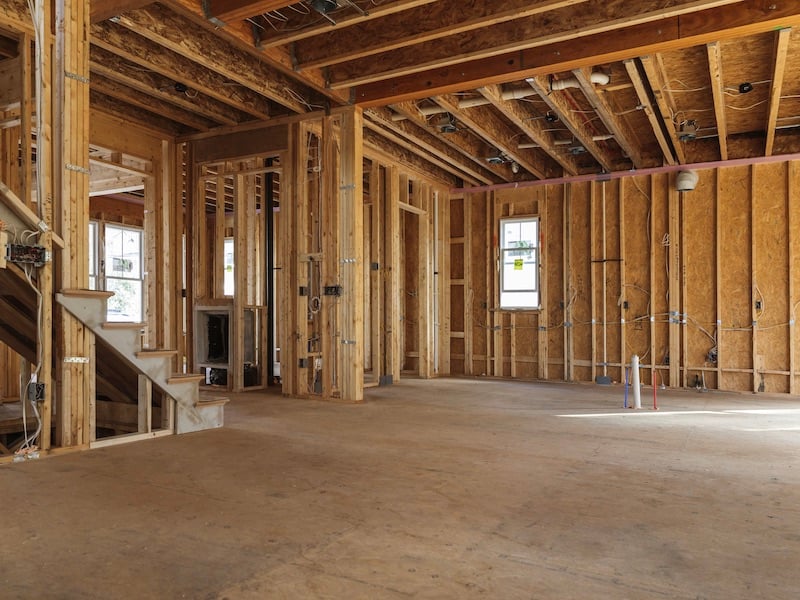The Differences Between A Construction-Only And A Construction-To-Permanent Loan
A custom home is crafted from a personalized set of plans so that the finished product fits the homeowner's specific taste, lifestyle, and budget. If you wish to build a brand-new custom home, the first step is to determine your financing. Before you speak to a lender, it's important to understand the basics of the two common ways to borrow money to fund the property acquisition and construction of your project.

1. Construction-Only Loan
This type of loan is generally short-term (about one year in length), has an adjustable rate, and is meant to be in effect only through completion of construction of a custom home. A construction-only loan can cover part of the amount needed to acquire the property, engineering and architecture fees, permits, the fees due to the homebuilder, and the costs for labor and materials.
To apply for a construction-only loan, the borrower must submit personal financial information, detailed architectural plans, a construction budget and timeline, and documentation about the homebuilder's qualifications. Typically, lenders require a minimum of 20% in cash of the total cost and/or value of the project to secure a construction loan for a custom home. Once the loan is approved, the borrower can begin to draw funds to pay for each phase of the project. An appraiser or inspector will assess the progress of construction at various intervals and can authorize the continued drawdown of funds. During the building process, the borrower will usually make interest-only payments based on the amount of the loan that has been disbursed.
Once the custom home is complete, the construction-only loan must be paid in full. The borrower then applies for another loan to refinance the construction loan into a standard long-term mortgage. This will require a second application process, another loan closing, and potentially higher costs overall.
What Is Infill Home Building And Is It Right For You?
2. Construction-To-Permanent Loan
A construction-to-permanent loan eliminates the need for two different loans. This single loan allows the borrower to purchase the land and fund construction in the same manner as described above, and then it converts or "rolls into" a long-term mortgage once the custom home is completed. The mortgage is typically a 15- or 30-year loan and often has a fixed rate. Going this route usually saves borrowers time, hassle, and money because there is only one application process and one loan closing. Even though the construction portion of the loan may have an adjustable interest rate, the borrower has the security of knowing that the interest rate on the permanent mortgage is locked-in from the beginning of the project.
As with a construction-only loan, the lender will require personal financial information, detailed architectural plans, a construction budget and timeline, documentation about the homebuilder's qualifications, and a down payment of around 20%. Throughout the construction process, drawdowns will be provided to the borrower/homebuilder and inspections will be made on behalf of the lender. The borrower will make interest payments based on the amount of money that has been drawn down from the loan for work that has been done, materials that have been purchased, and permits that have been secured. Once construction is complete and the loan converts to a mortgage, the borrower shifts to making payments on the principal and interest.
8 Steps To Finding The Right Homebuilder For You

At Meridian Homes, we specialize in luxury remodeling and custom home building in the Washington, DC area. Our mission is to create exceptional residences that exceed expectations. Our highly personalized design process and careful management of every project have earned us a reputation over many years for outstanding client service and solid, beautiful craftsmanship. Contact us today to begin your custom home or remodeling project.





